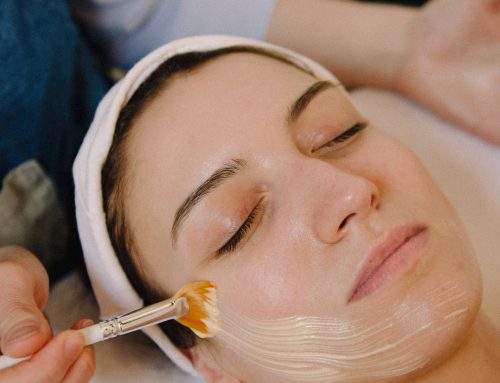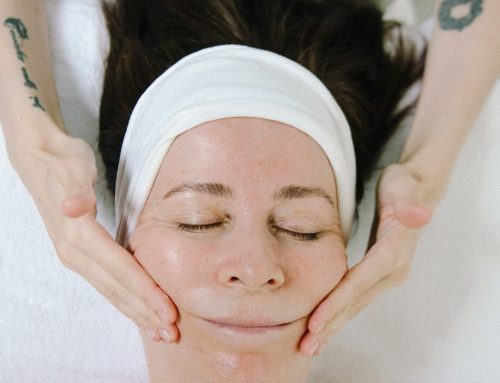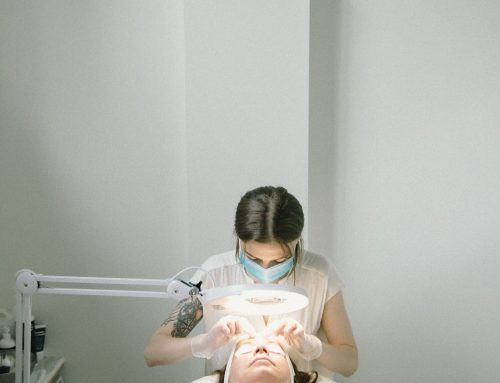“Di-Mois ce que tu manges, je te dirais ce que tu es.” Tell me what you eat, I will tell you what you are. – Jean Anthelme Brillat Savarin from “Physiologie Du Gout” published 1825.
Words of wisdom that give us pause in a time when we are bombarded by synthetic ingredients from all angles.
Part of the philosophy and “Collective Approach” to the skin we have at Collective Skin Care is to take into account diet and how it affects the skin. In this blog series we’ll explore how what we eat can impact our skin.
When it comes to the skin, why does diet matter?
As the body’s largest organ, our skin protects us from outside pathogens and damage, it excretes wastes and toxins through the sweat glands, it stores lipids and water and acts as a delivery system for nutrients and medicines (think nicotine and birth control patches).
Through all of these functions, the skin can act as a mirror to what is going on internally. For instance, blackheads and dilated vessels are often disproportionately present on the skin of smokers- not to mention premature aging. This is due to the bombardment of free radicals that build up in the system of a smoker which end up manifesting on the skin’s surface.
While dietary choices may not leave such obvious indications on the skin’s surface- it certainly plays a vital role in the health and vitality of the skin. When we eat better and avoid processed foods, our energy levels improve as our organs don’t have to work as hard to process the foods we intake, and this means that the skin functions better as well.
This all seems pretty common sense, but food is big business and we are constantly distracted by messages that pull us in a million directions. If you’re overwhelmed by it all, it would seem that the best approach, however trite, is the keep it simple and employ moderation.
Part 1 of our Nutrition and the Skin blog series begins with a list of suggested key vitamins for the skin. What their benefits are, what food sources to look for, as well as health issues that arise from their deficiency.
Key Vitamins for the Skin
vitamin A
Benefits:
- cellular differentiation, vision, embryonic development, immunity, growth, reproduction and wound healing. Contributes to an overall healthy glow in the skin.
Top Sources: cod liver oil, liver, carrots, broccoli, sweet potato, butter.
Deficiencies: dry eyes, night blindness, diarrhea, skin problems.
B vitamins (B1, B2, B3, B5, B6, B7, B9 & B12)
Benefits:
- anti-stress, antioxidant protection, important for growth and red blood cell production, helps release energy from carbohydrates, improves circulation, wound healing, anti-dermatitis, fetal development (brain and cellular growth), metabolism and nervous system development. Contributes to healing, reducing rashes and healthy circulation in the skin.
Top Sources: pork, organ meats, legumes, brewer’s yeast, almonds, mushrooms, wild rice, beets, fish, kale, broccoli, bell peppers, spinach, egg yolks, bananas.
Deficiencies: neurological, eye problems and acne, sores around the mouth, eczema and dermatitis, thin skin, brittle nails, dementia.
vitamin C
Benefits:
- Despite common belief- vitamin C is not actually a cure for the common cold! It is however good for producing collagen, increasing photoprotection, hydration and wound healing.
Top Sources: strawberries and broccoli are better sources for vitamin C than oranges. Fruits aren’t as concentrated in vitamins as vegetables and they have a higher water and sugar content.
Deficiencies: scurvy- definitely not a common deficiency.
vitamin D
Some interesting facts:
- Vitamin D is also a hormone which is key in signalling certain body functions.
- Tanning booths primarily use UVA rays and therefore provide little to no vitamin D production.
Benefits: essential for cell growth, wound healing and barrier function, may protect against cancer, fights sun damage.
Top Sources: dairy products, wild salmon.
Deficiencies: vitiligo, rickets.
vitamin E
Some interesting facts:
- Vitamin E is the most abundant antioxidant found in human skin. It’s delivered to the skin surface through oil secretions. This is why oilier skin types avoid wrinkles for longer.
Benefits: antioxidant protection, when combined with vitamin C it improves sun protection.
Top Sources: avocados, eggs, nuts and leafy greens.
Deficiencies: muscle weakness, loss of muscle mass, abnormal eye movements, vision problems, unsteady walking.
One way that I like to get a dose of vitamins without having to eat a tonne of fruits and vegetables is juicing. While it’s not a meal supplement, I’ve personally noticed a big difference in my energy levels since I began juicing regularly early this year and my skin is more hydrated and bright.
While eating well does contribute to the overall health and beauty of our skin- it doesn’t complete the picture. This brings us back to the beginning of the article and the fact that the skin is our largest organ. The question of how to have healthy skin does not have one dimensional answer. While it does so much for us, it is the last of the organs to get nutrients from what we take in, so it is still necessary to care for and improve our skin from the surface in addition to eating well.
What do you think? Have you noticed a difference in your skin from dietary changes? Share your thoughts here.






